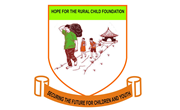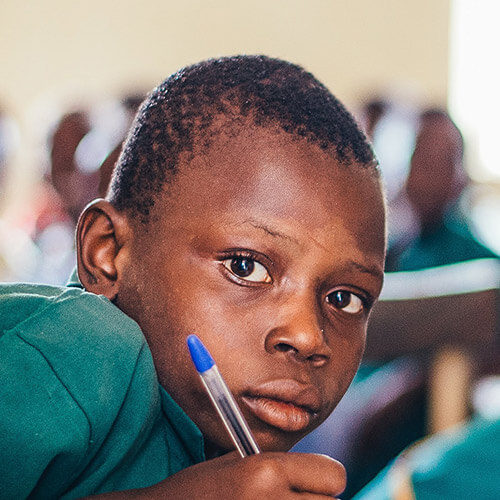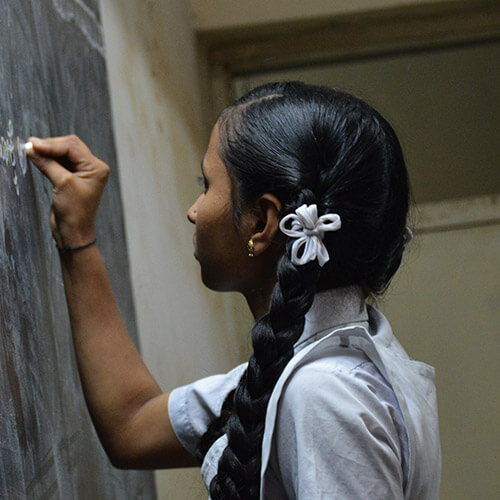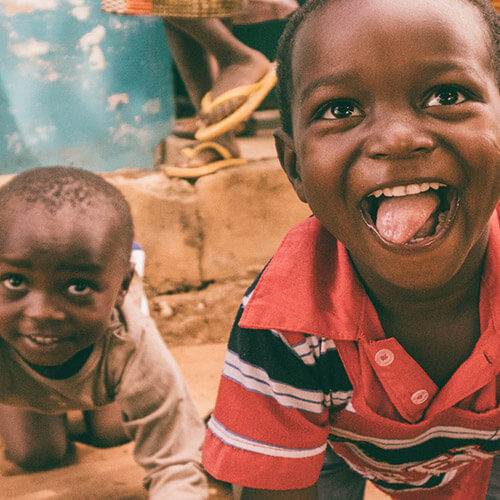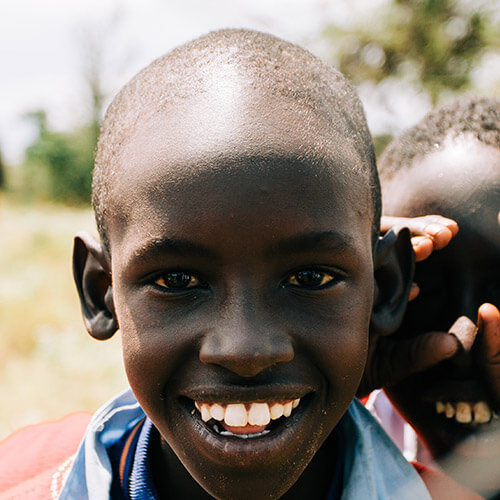STRIVING TO SECURE THE FUTURE OF DISADVANTAGED CHILDREN AND YOUTH IN ONE OF UGANDA’S REMOTEST AREAS.
Kabaale Moses, Director Hope for the Rural Child Foundation.
Namasagali sub-county is one of the remotest areas of Uganda. It is found in Kamuli District and has a total of 43 villages. The name ‘Namasagali’ sounds great in Uganda’s history. It was one of the first areas in Uganda to get connected to the railway line from Mombasa in Kenya during the colonial days. There are two stories that explain why this area was called ‘Namasagali’. However it is popularly believed that since it was the first area to be connected to the railway line, locals from different parts of the Busoga region used to visit this area to see the train for the first time. Whenever they were asked where they were from they would answer ‘We are from greeting the train’ which in Lusoga language is translated as ‘Kulamusa Gali’ hence the name Namasagali.
Namasagali sub- County located on the shores of River Nile and it is at Namasagali where you find the widest part of River Nile in Africa. The area also is crossed by the 10km Nalwekomba Swamp which drains in River Nile. These natural resources River Nile and Nalwekomba swamp have turned into a source of livelihood for the youth who drop out of school. Namasagali is predominantly an agricultural area but due to climate change it is one of those areas of Uganda that experience long spells of the dry season, resulting into low agricultural production. Families usually harvest very little which is therefore not enough to meet household food requirements and sale to meet the education costs of the children.

Taking a walk at the landing sites at the shores of River Nile one is confronted with horrible scenes of young children in boats either fishing or heading to sand mining sites found deep under the water. The 10km Nalwekomba swamp gets crowded with children between March and June and also between September and December as it gets filled up with water from the two rain seasons. During these periods the turn up in schools is low as school going children join the school dropouts to do fishing in the swamp. Asking these children why they do not go to school they simply answer you ‘we dropped out of school because our parents/guardians could not afford to pay for school requirements’

The sugarcane growing business in the area has also done a lot to undermine the future of children in this area. Namasagali is one of the areas where child labour is highly practiced. Every morning roads are crowded with children holding pangas heading to sugarcane plantations to do sugarcane cutting. Asking them why they are not in school, expect the answer ‘we have no money to afford school.’
In Namasagali sub-county the future of the girl child is totally threatened. Many parents still hold the belief that educating a girl child is wastage of money and therefore marry them off at early age. But given the fact that girls married off at early age rarely stay long in a marriage they shortly return home only to become a burden to the parents/guardians. For a number of years Kamuli District Local Government has ranked Namasagali Sub County as having the highest rates of child marriages and teenage pregnancies in Kamuli District. The rate of school dropouts is higher among girls as compared to boys. In a study carried out by Hope for the Rural Child Foundation in Namasagali Sub County out of 10 girls who join secondary school only about 4 complete Ordinary Level education. Every Wednesday the health centre is crowded with girls as young as 13 years old who have brought their children for immunization. What a horrible situation. The area has turned into a destination for those looking for young girls to take to urban areas to work as house girls.
Several NGOs have come to Namasagali to address the challenges facing children and youth but their approach is not what is appropriate. Children and youth are out of school because of poverty, we therefore need life changing opportunities. Even if you supported only 20 teenage mothers with training in skills of tailoring and afterwards gave them sewing machines to start their own tailoring business you will have done the best to change their lives.
In 2009 while serving as the representative of Namasagali Sub County to the Kamuli District Council I held a consultative meeting with local residents in one of the villages. It was in this meeting that I was able to see the magnitude of the problems children in this area face. In the meeting most of the women who attended were widows and they shared the burden they had to raise their children. After the end of the meeting I visited the homes of these widows and from what I could see, the horrible conditions, children who had no hope that they would ever study again, I committed myself to offer a helping hand. I committed myself to educate one orphaned child of each of the widowed mothers and enrolled them in the neighbouring primary school. Fortunate enough they were in primary and were therefore not expensive to cater for in terms of school requirements. I later conceived an idea to venture into a bigger program that would offer life changing opportunities, education support inclusive to these needy children and youth who are struggling with life. This is what later ignited the formation of Hope for the Rural Child Foundation.

Before Hope for the Rural Child Foundation could officially begin I found it necessary to establish a secondary school which could absorb the children I was sponsoring in primary for primary and other needy children who deserved educational support otherwise in the absence of opportunities for secondary education my efforts would be wasted. In 2012 Namasagali Intergrated Secondary School started with the volunteer support of 13 university student teachers, on a verandar of one of the buildings in Namasagali trading centre. I shortly acquired land, buried the pride of being a university graduate and made bricks and acquired a piece of land. Some of the local community members bought into the vision and donated cement, roofing wood and other building materials. Within a few months the construction of a 2 classroom block began and completed in a month. The efforts to secure the future of these children paid off. These pioneer students were able to complete O level and after words went for different courses. Today some of them are working as teachers, midwives and nurses in government institutions.
In 2018 we registered Hope for the Rural Child Foundation as a Community Based Organization to operate in Namasagali sub-county to contribute efforts towards addressing the challenges faced by children and youth in this area. We planned to provide education sponsorship, initiating life changing opportunities for needy children and youth, addressing some of the community challenges undermining the education of the rural child and contributing efforts towards addressing the challenges in our rural schools where the children study.
Now that we have a secondary school, Namasagali Intergrated Secondary School we are confident that the needy children and youth will attain secondary education upon completing primary education. Our intervention is creating impact. Needy children identified from poor households and would otherwise be out of school now have the opportunity to be in school. Our cause needs to be supported. There are too many children struggling with life hardships in this remote part of Uganda. Being the first organization of its kind formed by its vision bearers who are born, raised and live in Namasagali and therefore understand the problems of the area better, if adequately supported it will turn out to a saviour to needy children in this remote part of Uganda.
